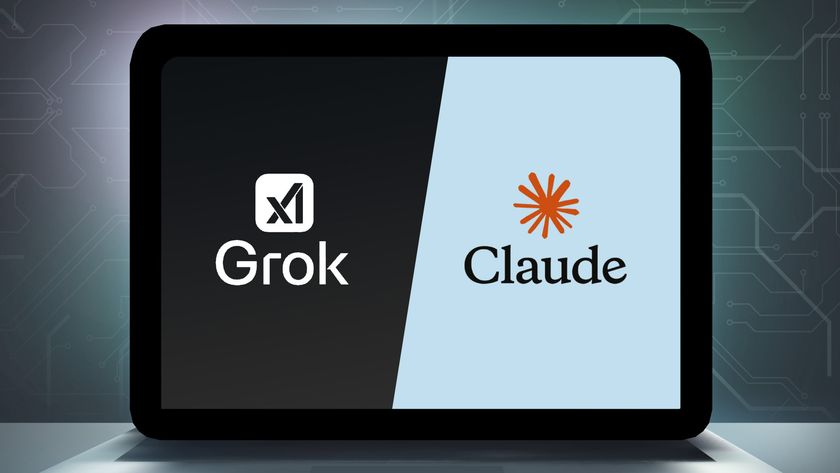Moto Now Owns the Budget Phone Market — And That's a Problem
Motorola’s new low-price phones look great, but with their best competitors in turmoil, American consumers stand to lose out.
Cheap smartphones are a dime a dozen these days, but you wouldn’t want to use most of them.
That’s not to say they must be avoided entirely — you just have to do your research first. Which is why Tom’s Guide spends so much time separating the best from the rest. And for the last few years, the best has often come from one company — Motorola.

Rather than chasing gimmicks and ratcheting up costs, Motorola has settled upon a winning formula: give users exactly what they need for a price they can afford. The low-end Moto E and mid-tier Moto G devices proved to the world that inexpensive phones could be fast and efficient, with a delightful software experience on par with their flagship contemporaries and genuinely novel features that existed to serve the user, not the brand. I’m talking about value adds like Active Display, and intuitive gestures that let you to chop to activate the flashlight and twist to launch the camera.
Even after about five or six product cycles and multiple corporate shake-ups and identity crises, Motorola is still at it. The Moto E5 and G6, revealed this week, come in a variety of flavors. Some have 18:9 screens and small bezels, while others pack massive batteries and dual cameras. Each one can be had for less than $300, and they’re all the phone you really need.
MORE: 15 Cheap Android Smartphones (Under $200) Ranked Best to Worst
The strategy hasn’t necessarily worked well for Motorola from a profitability standpoint, but has produced a succession of critically lauded and accessible products. It’s an ironic shift for a company that entered the smartphone space with a reputation for power, always committed to winning the never-ending race for specs supremacy with devices like the original Droid and Atrix 4G. Motorola’s current range-topping handset, the Moto Z2 Force, almost feels like an afterthought in light of the progress the brand has made on the other end of the market.
But Motorola still has to contend with rivals competing for the same demographic. There’s ZTE, which has put together a string of respectable cheap phones, including the new $79 Tempo Go, that frequently top best-seller lists at prepaid carriers. Honor, a brand owned by Huawei, operates in the U.S. exclusively through direct sales and frequently undercuts Motorola’s best efforts. Take the Honor 7X, which equals the Moto G5 Plus in most respects but still managed to launch at $30 less.
For consumers, obviously this is a great thing. Increased competition leads to better products and more choice. It’s easy to forget how good we have it; five or so years ago, it was hard enough to find a phone that cost as little as $200 unlocked. Even if it did, good luck getting that phone to survive a full two years.

But uncertainty is looming on the budget phone front. For as much as it’s been a remarkably fruitful time for budget shoppers, it could all come crashing down very soon — at least here in the United States. China’s Huawei and ZTE are under the microscope of U.S. lawmakers, albeit for very different reasons.
Huawei, one of the world’s largest phone makers, is currently at odds with U.S. lawmakers over alleged ties to the Chinese government, though the feds have yet to really detail those concerns.
“We absolutely weren’t counting on [Huawei and ZTE’s troubles]. However, it does bring some new opportunities to the table, we can’t deny that." — Marcela Lacerda, Motorola
Still, that wariness was enough to pressure AT&T into squashing its partnership with Huawei on the eve of the Mate 10 Pro’s launch and for Verizon to reportedly back away, too. The Mate 10 Pro was intended to lead Huawei’s push the U.S. market; without support from a major U.S. carrier, the device has languished on shelves of online retailers. Best Buy dropping the company’s products certainly didn’t help any, either. And now Huawei is reportedly looking beyond the U.S. for future phones.
Unlike Huawei, ZTE may not have any choice in the matter. Its entire global smartphone operation is in serious jeopardy since the U.S. Government handed it a seven-year ban preventing it from exporting any American-made components for use in its products.
The ban stems from findings that ZTE shipped telecommunications equipment to Iran and North Korea, a move for which the U.S. Government ordered the company to rebuke all executives involved. Apparently, ZTE paid them bonuses instead. As a consequence, ZTE is now forbidden from using Qualcomm’s processors, and potentially licensing the Android OS (or at least just Google’s apps).
Regardless of the political motivations at play, ZTE’s uncertain future and Huawei’s expansion woes stand to cripple cheap phones in the U.S. It’s good news for Motorola of course, who could once again make out with a monopoly on critically-acclaimed handsets at reasonable prices.
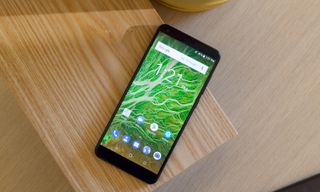
“We absolutely weren’t counting on [Huawei and ZTE’s troubles]” said Marcela Lacerda, Motorola’s director of marketing for North America. “ However, it does bring some new opportunities to the table, we can’t deny that. We’re definitely moving forward with our plan to occupy that section of the market.”
According to Lacerda, you can expect “a lot more efforts than previous years” from Motorola along the budget spectrum. Yet, dependable as Motorola’s offerings have been, they should never be anyone’s only option. The gap left by ZTE and Huawei is crying out for a new player to enter the space, but there are few candidates thus far. Asus has put together promising but uninspired efforts like the ZenFone Max Plus, while Blu frequently appears atop Amazon’s list of popular handsets but hasn’t convinced us that phones like the Blu R2 Plus offer anything but a low price tag.
“Motorola's phone designs aren’t direct substitutes for ZTE's large, cheap slab form factors that made them so popular with U.S. prepaid customers,” says Avi Greengart, research director at media analytics firm GlobalData. “Coolpad should also see a jump in orders, but other vendors — especially Blu — have not proven themselves capable of supporting carrier volumes with high quality.”
It’s a bleak situation when resources we all rely on are priced out of reach for those of us who could use them the most. The beauty of technology is that it gets more affordable over time — innovations trickle down and features that were once rare and highly sought-after become inescapable. However, competition is necessary to accelerate that process. After a fleeting period of real progress in the budget space, the threat of stagnation looms ahead.
Photo Credit: Shaun Lucas/Tom's Guide
Sign up to get the BEST of Tom's Guide direct to your inbox.
Get instant access to breaking news, the hottest reviews, great deals and helpful tips.
Adam Ismail is a staff writer at Jalopnik and previously worked on Tom's Guide covering smartphones, car tech and gaming. His love for all things mobile began with the original Motorola Droid; since then he’s owned a variety of Android and iOS-powered handsets, refusing to stay loyal to one platform. His work has also appeared on Digital Trends and GTPlanet. When he’s not fiddling with the latest devices, he’s at an indie pop show, recording a podcast or playing Sega Dreamcast.
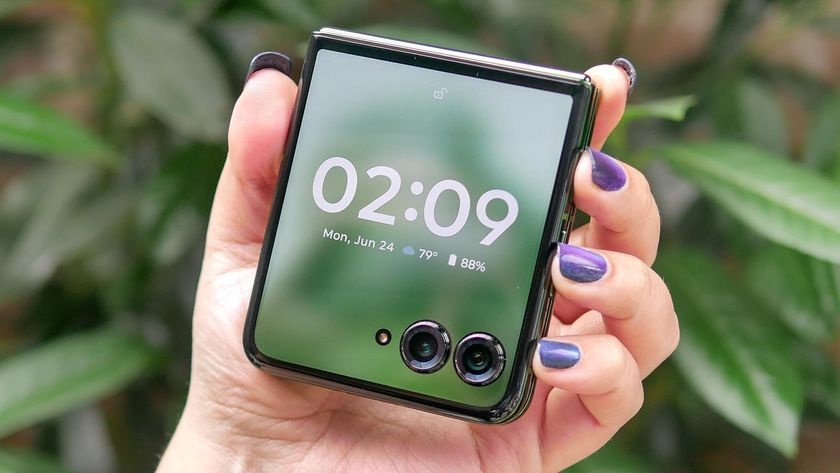

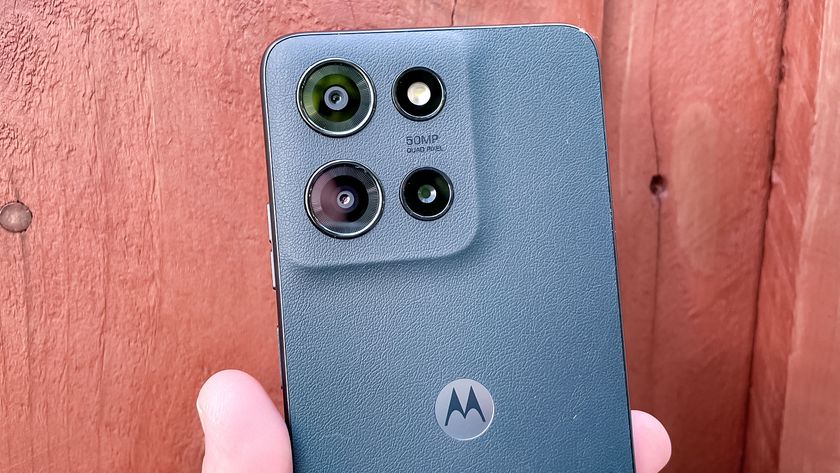
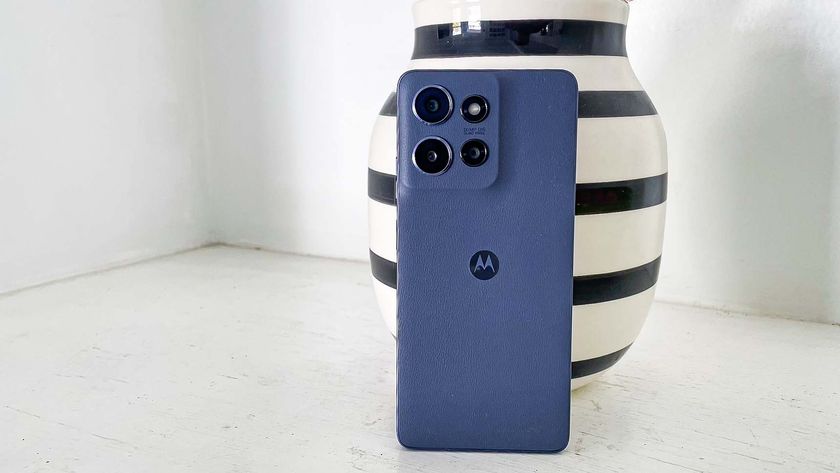
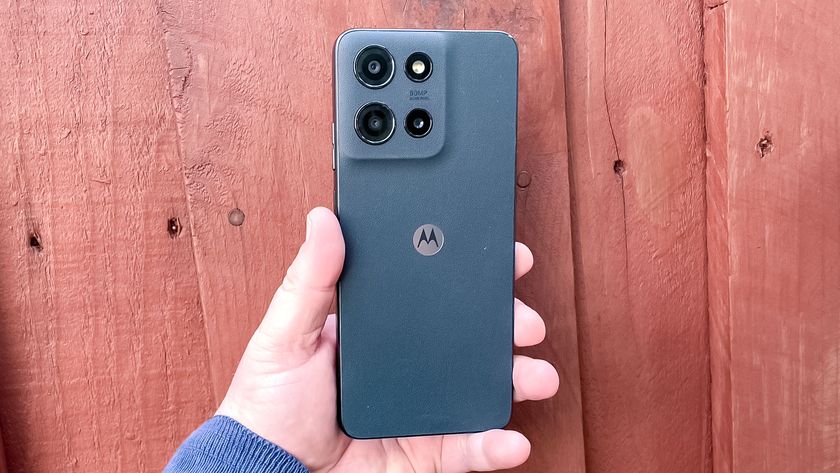
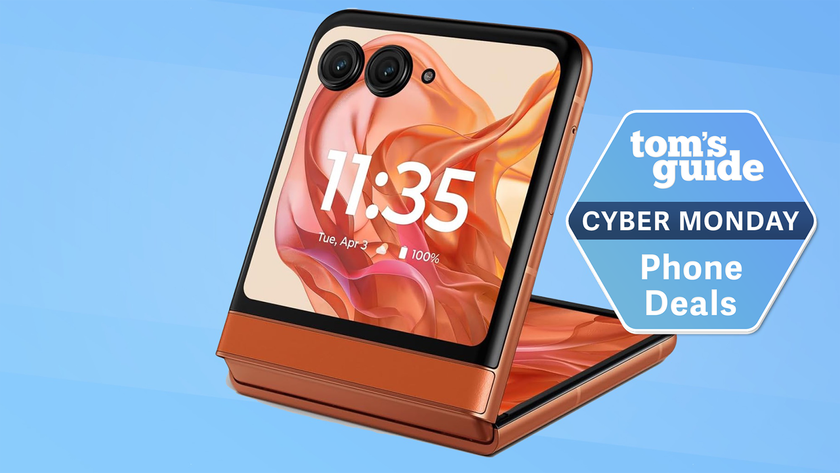
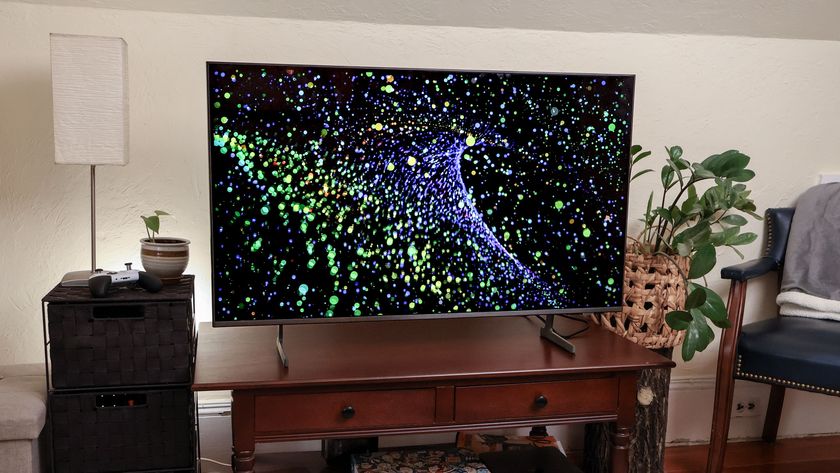
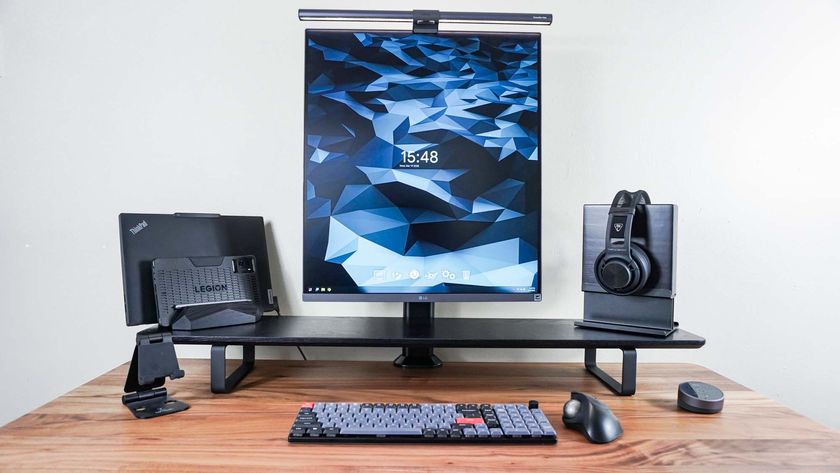
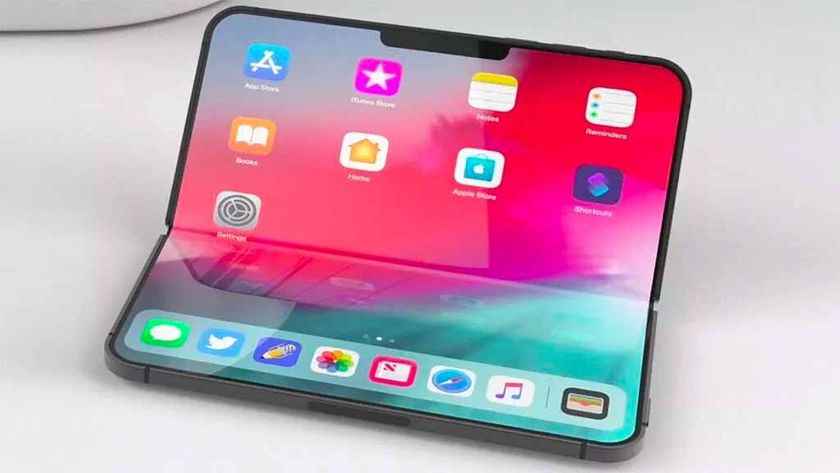
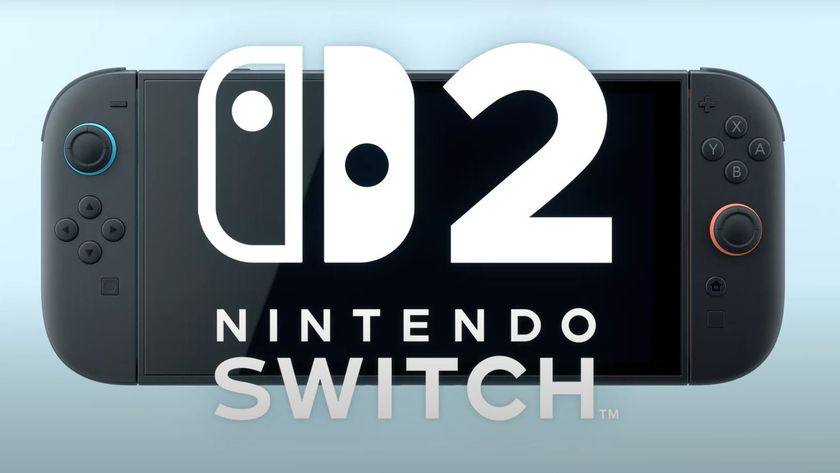


-
michaelpbruner What is strange about the Moto G line is that it is hands-down the best budget phone, yet carriers don't really sell it like they sell a host of inferior budget options. This time around I'm hoping the G6 gets adopted by all the major carriers. If it does, the benefit to consumers will come via carrier discounting.Reply -
victruseli I buy my unlocked cells through Amazon prime. Unfortunately I can't afford to pay much at least not over $200. I'm on a fixed income but a real geeky 68 years old. I Love my MOTO g5plus. Yes I love my MOTO. Not everyone can afford iPhones or want iPhones. I'm okay. My MOTO communicates with my windows 10 laptop and my Amazon fire tablet. It's not nfc but I can actually move my hands to pay with my card. If I want to screen cast I need to use a Google Chromecast but I don't have one. 12 megapixel camera. Oh did I mention I can communicate with my Canon EOS digital camera. Course that's a low end camera since it's 18 megapixels not a $1000 model. My evaluation is not everyone can afford an expensive phone or expensive equipment. I disagree with your title of your article. It may have gotten under my skin but it's not unfortunate that MOTO is a low end phone. Please investigate more before you title an article.Reply


